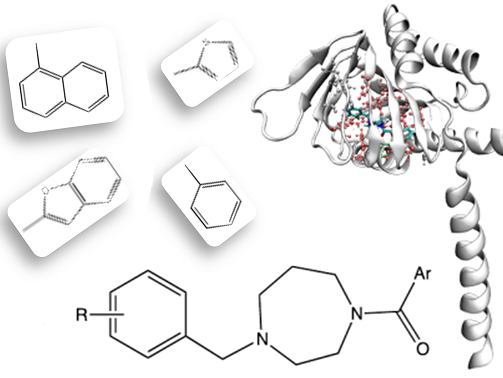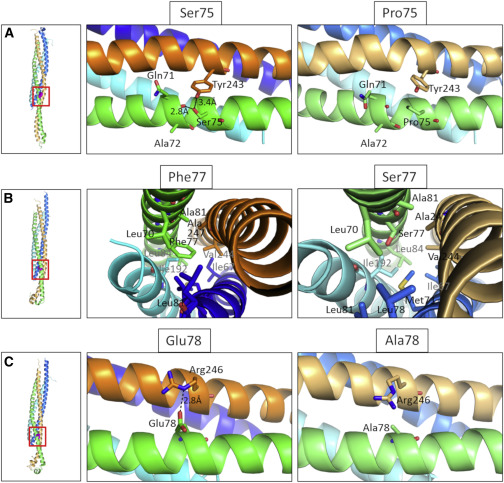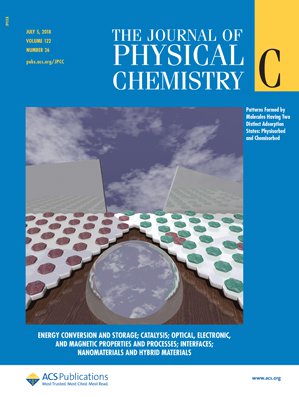A new application of BINDesignER/PARCE! Herein, we compared the ability of linear and cyclic peptides generated in silico to target different protein sites: internal pockets and solvent-exposed sites. We selected human lysozyme (HuL) as a model target protein combined with the computational evolution of linear and cyclic peptides. The computational results demonstrated that cyclic peptides […]
Category: Publications
Read our latest paper on in silico designed peptides for nanopatterned surface sensors!
We present a rationally designed, self-assembled nanochip capable of capturing a target protein by means of pre-selected binding sites. We show how the confined peptides are capable of specifically capturing β2m from the surface–liquid interface with micromolar affinity, hence providing a viable proof-of-concept for our approach to peptide design A. Feyisara Adedeji Olulana, M.A. […]
In press on ACS Med. Chem. Lett.!
We have identified a strong diazepane based σR ligand with high affinity, low cytotoxicity, and excellent antioxidant profile. For further details, read our paper here: D. Zampieri, S. Fortuna, A. Calabretti, M. Romano, R. Menegazzi, D. Schepmann, B. Wünsch, M.G. Mamolo Synthesis, Cytotoxicity Evaluation and Computational Insights of Novel 1,4-Diazepane-Based Sigma Ligands ACS Med. Chem. […]
Just accepted in Chemical Communications!!!
Our paper “A consensus protocol for the in silico optimisation of antibody fragments” has just been accepted for publications, marking the first milestone of our AIRC project “Computational design of customised nanobodies for oncology applications: prognostic candidates for HER2 as first case”. In this paper we present BINDesignER: our in silico mutagenetic protocol for the […]
We published on the American Journal of Human Genetics!
We joined a HUGE multidisciplinary collaborating network (that also includes the group of J.E. Rothman, 2013 Nobel Prize in Medicine!!) and we published on the American Journal of Human Genetics (achievement also covered by a press release and distributed, among others, by ANSA, national press IlMessagero, and TV TELENORD). Here the paper (and play the […]
JPCC COVER!
Our paper Influence of Molecule-Surface and Molecule-Molecule Interactions on Two-Dimensional Patterns formed by Functionalised Aromatic Molecules is featured on the cover of the Journal of Physical Chemistry C. The Image was created and rendered with POV-Ray. Actually POV-Ray feels a lot as a scripting language as it is quite easy to code, but it is also […]




